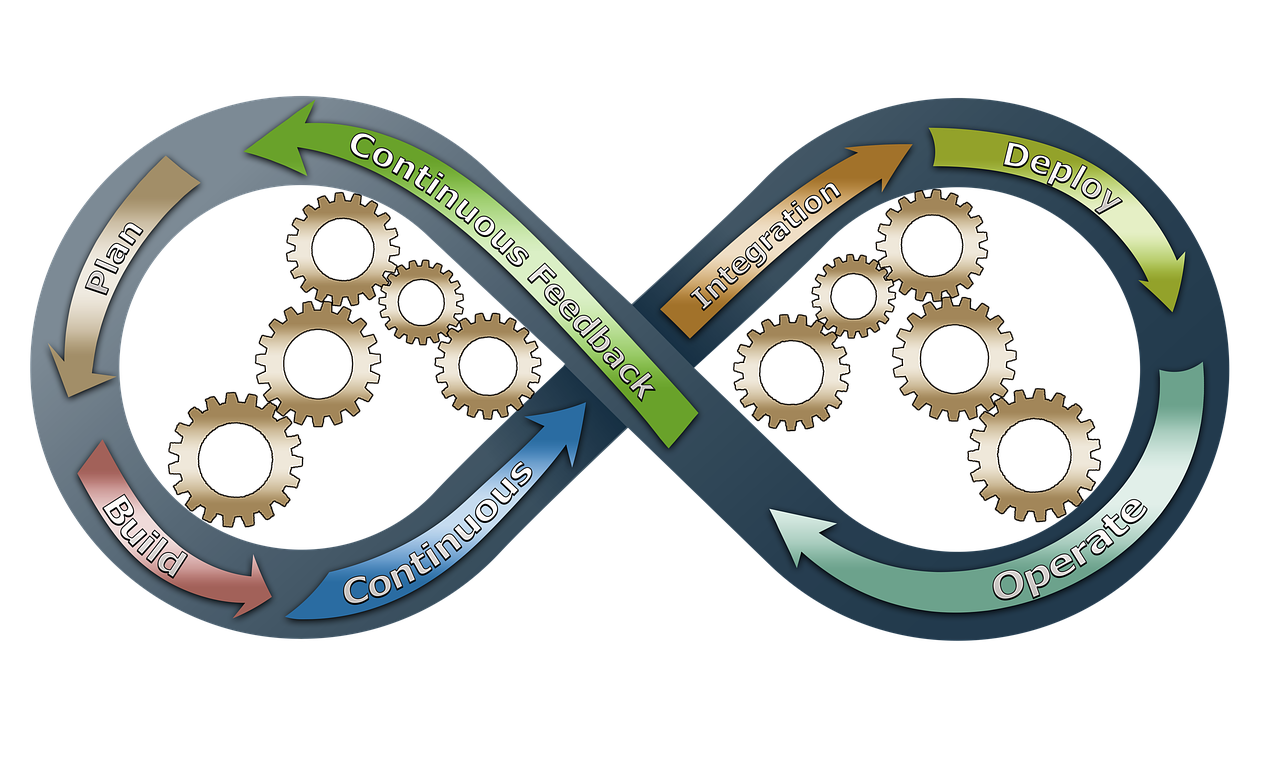There can be no doubt that today’s buyers have evolved into sophisticated decision-makers who demand more than just quality products to achieve consumer loyalty.
As we navigate through 2025, the consumer landscape continues to shift at an unprecedented pace, challenging CPG brands to move beyond reactive strategies and embrace a truly consumer-centric approach.
With 86% of consumers now citing exceptional experience as their primary purchasing driver (McKinsey), brands must fundamentally rethink their engagement strategies to stay relevant. Yet many mid-sized CPG companies remain trapped in a cycle of reaction—constantly trying to catch up to consumer expectations rather than anticipating and shaping them.
This article explores the critical values driving today’s consumer loyalty and offers actionable strategies with recent, real-world examples to help your brand lead the market in 2025 and beyond.
If you would rather listen than read: 
The 2025 Consumer Profile: Evolution of Values and Expectations
Each of these core values has intensified in importance, representing powerful opportunities to build lasting loyalty when addressed strategically.
1. Experience as the Ultimate Differentiator
The product-experience balance has definitively tipped, with memorable experiences now overshadowing product attributes in consumer decision-making. Recent research shows that 79% of consumers have abandoned brands after disappointing experiences despite satisfaction with the actual products (Forrester).
Oatly’s Immersive Retail Concept: Oatly launched experiential pop-up stores in major urban centers that combine product sampling with interactive digital installations showcasing the climate impact of plant-based choices. These spaces feature augmented reality elements allowing consumers to visualize their personal environmental impact when choosing plant-based alternatives. This multisensory approach has driven a 42% increase in brand advocacy among first-time visitors.
PepsiCo’s Personalized Flavor Lab: PepsiCo introduced a direct-to-consumer platform where customers can create custom flavor profiles for beverages and snacks based on their taste preferences and nutritional goals. These personalized products are delivered in subscription packages with content tailored to individual lifestyle interests. The initiative has secured an impressive 78% subscription renewal rate in its first year.
Proven Strategy: To win in today’s market, prioritize experience mapping across the entire consumer journey. Identify friction points and emotional opportunities at each touchpoint, then redesign these moments to create memorable, shareable experiences that transcend the product itself.
2. Radical Transparency as Table Stakes
Transparency has evolved from a differentiator to a fundamental expectation, with 92% of consumers now actively seeking information about ingredient sourcing, manufacturing practices, and corporate values before making purchases (Edelman Trust Barometer). The era of opaque business practices is firmly behind us.
Seventh Generation’s “Ingredient Stories” Initiative : Moving beyond simple ingredient lists, Seventh Generation launched digital passports for each product ingredient, allowing consumers to trace origins through blockchain verification and view environmental impact metrics in real-time. The traceable ingredients platform has driven a 34% increase in brand trust metrics among millennial and Gen Z consumers.
Impossible Foods’ Carbon Footprint Calculator : Impossible Foods integrated a dynamic carbon footprint calculator into its packaging using QR technology. Consumers can scan products to view precise environmental impact data, including water … Click to continue reading














